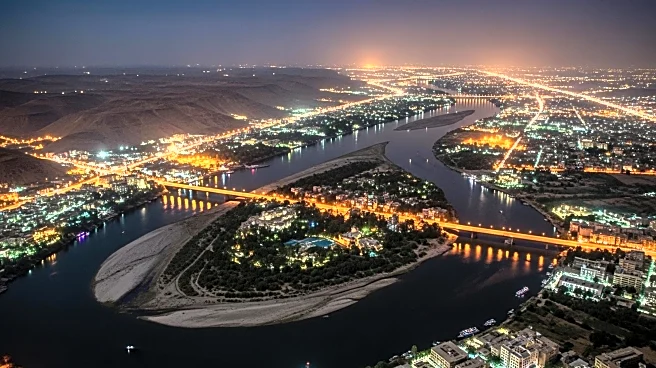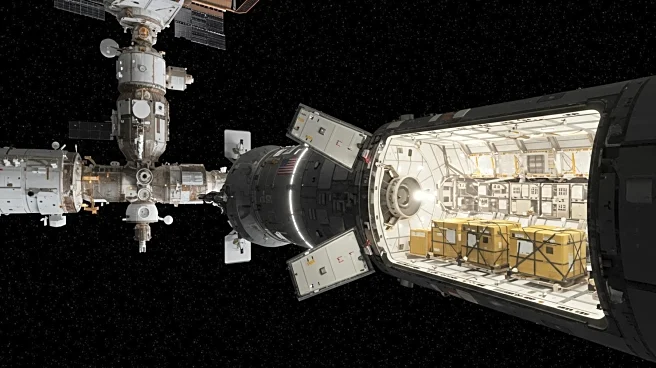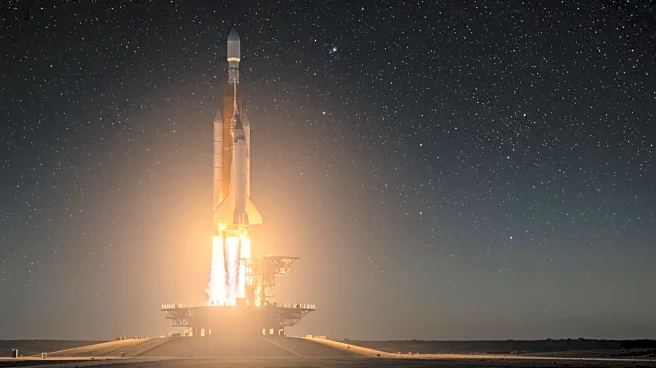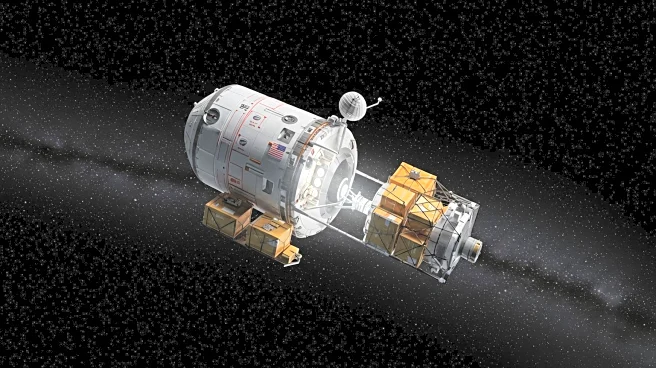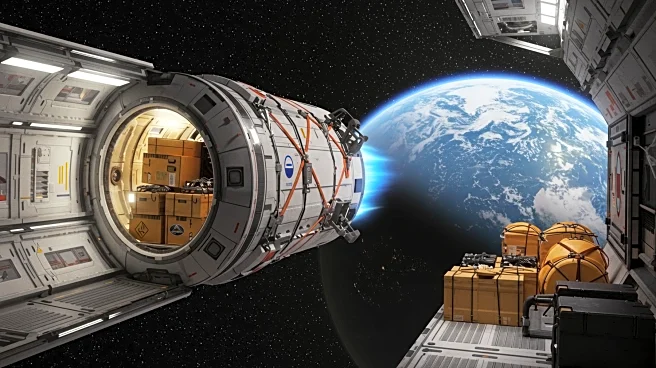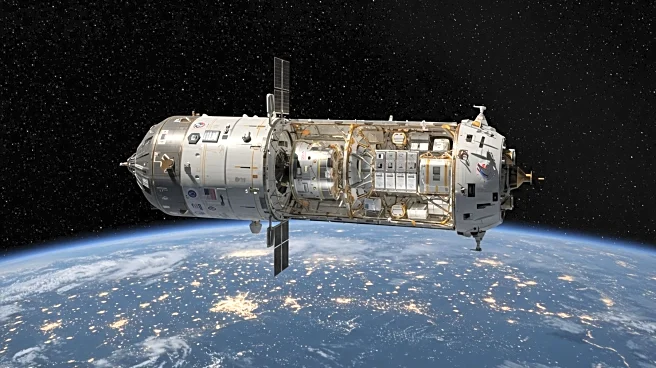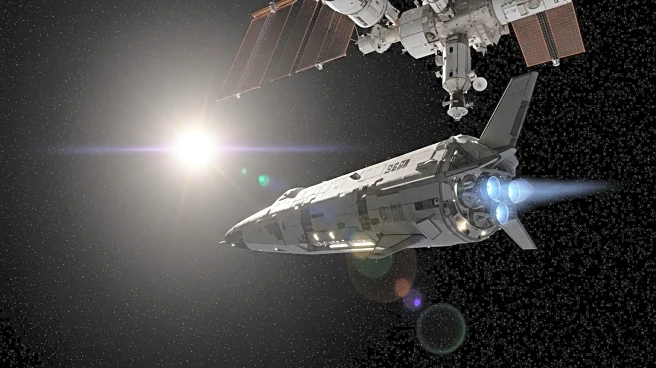Rapid Read • 6 min read
An astronaut aboard the International Space Station (ISS) captured a striking image of the Nile River at night, showcasing the urban development along its banks. The photograph, taken from 259 miles above Earth, highlights the river's path from Minya to Cairo, illustrating the significant urbanization in these areas. The Nile River, known as the 'lifeblood of Egypt,' is the longest river in the world, stretching approximately 4,130 miles from East Africa to the Mediterranean Sea. Historically, the river's annual floods have been crucial for agriculture, depositing nutrient-rich silt that enabled the growth of ancient Egyptian civilization.
AD
The image underscores the ongoing reliance on the Nile River for urban and agricultural development. As cities expand along its banks, the river continues to play a vital role in supporting the population and economy of Egypt. The photograph also serves as a reminder of the environmental and cultural significance of the Nile, which has been a cornerstone of Egyptian civilization for millennia. Observations from space, like this one, provide valuable insights into how urbanization impacts natural resources and can inform future planning and conservation efforts.
AD
More Stories You Might Enjoy
